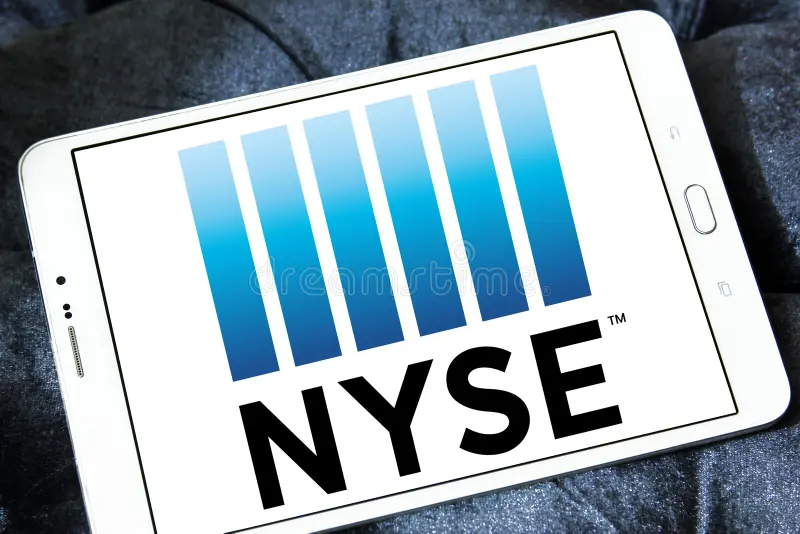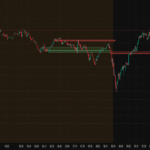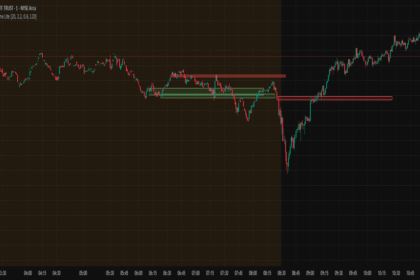JPMorgan Highlights Three Digital Banking Stocks Poised for Growth, Predicts Nearly 50% Rally for One
As traditional banks face growing pressure from leaner, tech-savvy competitors, digital banking platforms—often referred to as “pure play” fintech banks—are drawing renewed investor attention. In a recent analyst note, JPMorgan Chase identified three digital banking companies it believes are well-positioned for significant upside, despite the current macroeconomic headwinds. Among these, JPMorgan sees nearly 50% rally potential for one standout name over the next year, citing improving fundamentals, strong user growth, and operational leverage.
The digital banking sector, once hyped as the future of finance during the fintech boom, faced a reality check in 2022 and 2023 as high interest rates, rising customer acquisition costs, and tightening venture capital markets led to more conservative investor sentiment. However, as the sector matures and fintech firms prioritize profitability over raw expansion, major institutions like JPMorgan are beginning to see compelling opportunities again.
Here’s a deep dive into the three digital banking “pure plays” JPMorgan is backing—and why one in particular might be poised for an explosive rebound.
The Rise, Fall, and Stabilization of Digital Banking
Digital-only banks—commonly called neobanks—disrupted the financial landscape over the last decade by offering fee-free accounts, intuitive mobile interfaces, faster transfers, and real-time customer service. Companies like Chime, SoFi, and Nubank capitalized on millennial and Gen Z dissatisfaction with legacy banking institutions, growing their user bases rapidly during the pandemic years.
But the landscape changed in 2022. As inflation surged and central banks responded with aggressive interest rate hikes, funding dried up and consumer spending slowed. Many digital banks were forced to delay IPOs, restructure operations, or seek strategic partnerships. Still, the long-term outlook for digital banking remains positive: high mobile penetration, lower overhead compared to traditional banks, and tech-enabled personalization give digital platforms a persistent edge.
Now, JPMorgan believes the dust is settling—and some players are starting to pull ahead.
1. SoFi Technologies (SOFI): The Breakout Candidate
Upside Potential: ~48%
SoFi Technologies is the star of JPMorgan’s latest fintech outlook. Once known primarily for student loan refinancing, SoFi has grown into a full-service digital financial platform offering banking, investing, credit, and personal finance education. With its acquisition of a national banking charter in early 2022, SoFi has transitioned from being just a fintech app to a full-fledged bank.
JPMorgan’s bullish case hinges on three factors:
- Diversified Revenue Streams: SoFi is one of the few neobanks generating meaningful revenue from multiple sources—including lending, technology services (via Galileo), and personal finance tools.
- Improving Profitability: After years of burning cash to grow, SoFi is narrowing its losses and may reach adjusted profitability within the next few quarters.
- Strong Member Growth: With over 7 million customers and consistent user engagement, SoFi is proving its ability to scale sustainably.
The bank has assigned SoFi an “Overweight” rating and raised its price target by nearly 50%, citing favorable earnings guidance and operational discipline. “SoFi is building an end-to-end digital finance ecosystem,” JPMorgan’s analysts wrote. “It’s more than a neobank—it’s a full-stack consumer financial technology firm.”
2. Nubank (NU): The Latin American Powerhouse
Nubank, headquartered in Brazil and one of the largest neobanks in the world by customer count, also earned JPMorgan’s favor. With over 90 million customers across Latin America, Nubank has created a low-cost, digital-first financial platform that’s gaining traction not only in Brazil but also in Mexico and Colombia.
JPMorgan notes that Nubank’s regional dominance gives it scale advantages and access to a large, underbanked population—one of the biggest growth opportunities in global finance. The company’s cost efficiency and low customer acquisition costs have helped it remain resilient even amid broader market volatility in emerging economies.
Although Nubank has already seen a strong run in its stock price over the past 12 months, JPMorgan sees further upside as the company continues to add products—such as investment services and insurance—on top of its popular credit card and banking accounts.
Moreover, Nubank’s data science capabilities allow it to assess creditworthiness with more granularity, reducing risk even when lending to customers without traditional financial histories.
3. Ally Financial (ALLY): A Digital-First Legacy Player
Ally Financial is not a pure startup like SoFi or Nubank, but it has effectively transitioned from a traditional auto lender to a fully digital bank. It offers checking and savings accounts, home loans, and a robust auto lending business—all without any physical branches.
JPMorgan’s analysts describe Ally as a “hybrid innovator”—a company that blends traditional banking assets with modern digital delivery. It’s not trying to out-innovate startups but instead focuses on reliable service, strong customer satisfaction, and gradually integrating more technology into its offerings.
Ally has seen pressure from rising interest rates, particularly in its lending business, but JPMorgan sees stabilization ahead. With a generous dividend yield and improving capital efficiency, Ally is viewed as a solid choice for income-seeking investors who want exposure to digital banking without the risk profile of a younger startup.
Broader Implications: A New Chapter for Fintech
JPMorgan’s renewed attention to digital banking stocks underscores a larger market pivot. The early hype that drove fintech valuations to dizzying heights is no longer the story. Investors today are focusing on sustainable growth, solid balance sheets, and pathways to profitability.
As regulations around digital finance evolve, and as customers grow more comfortable managing their money online, the line between fintech and traditional finance will continue to blur. Legacy banks are integrating digital tools, while fintechs are pursuing banking licenses and expanding their offerings.
This convergence could lead to more consolidation in the sector, as larger banks acquire tech platforms or as fintechs merge to scale faster. In either case, the firms that can adapt, diversify, and build long-term customer relationships will emerge as leaders.
Conclusion: Strategic Bets in a Rebalancing Market
In an investment climate defined by caution and recalibration, digital banking may once again offer compelling opportunities. JPMorgan’s vote of confidence in SoFi, Nubank, and Ally suggests that institutional investors are reentering the space—this time with sharper criteria and clearer expectations.
Whether seeking growth, regional expansion, or stable digital banking exposure, investors have a trio of options that reflect the sector’s evolution. As the financial world continues its digital transformation, those who bet on the right players may find themselves not just surviving—but thriving—in the next wave of fintech innovation.










